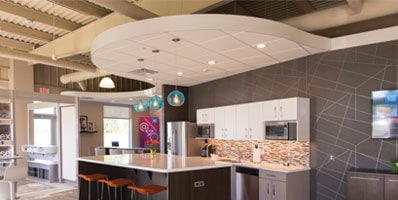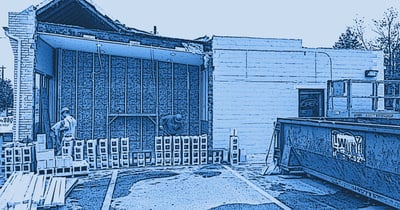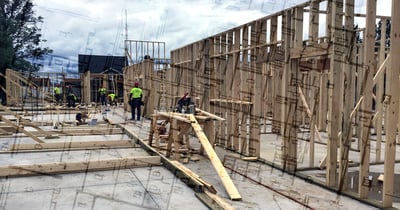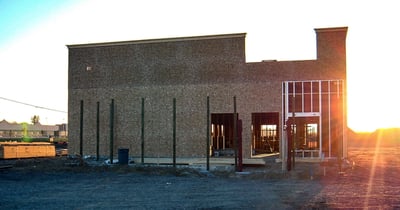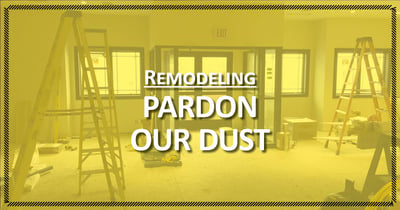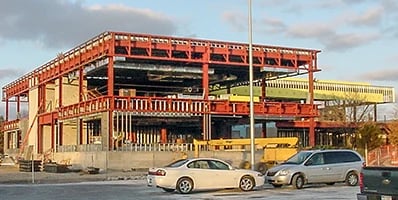Remodeling a Commercial Building Exterior
You have the means to strengthen your company’s branding and awareness of your business through a skyline shift. You may have never heard this term, but it is what we at Wolgast refer to an exterior remodel of a building to include an attention getting building front tailored to a business’ branding.
It is more than a remodel, it’s a strategic reinvention of your building’s façade and roofline. By incorporating your branded color and signage, it will make the business easily recognizable and noticeable for passersby and help signify the building entrance if that is an issue you face.


